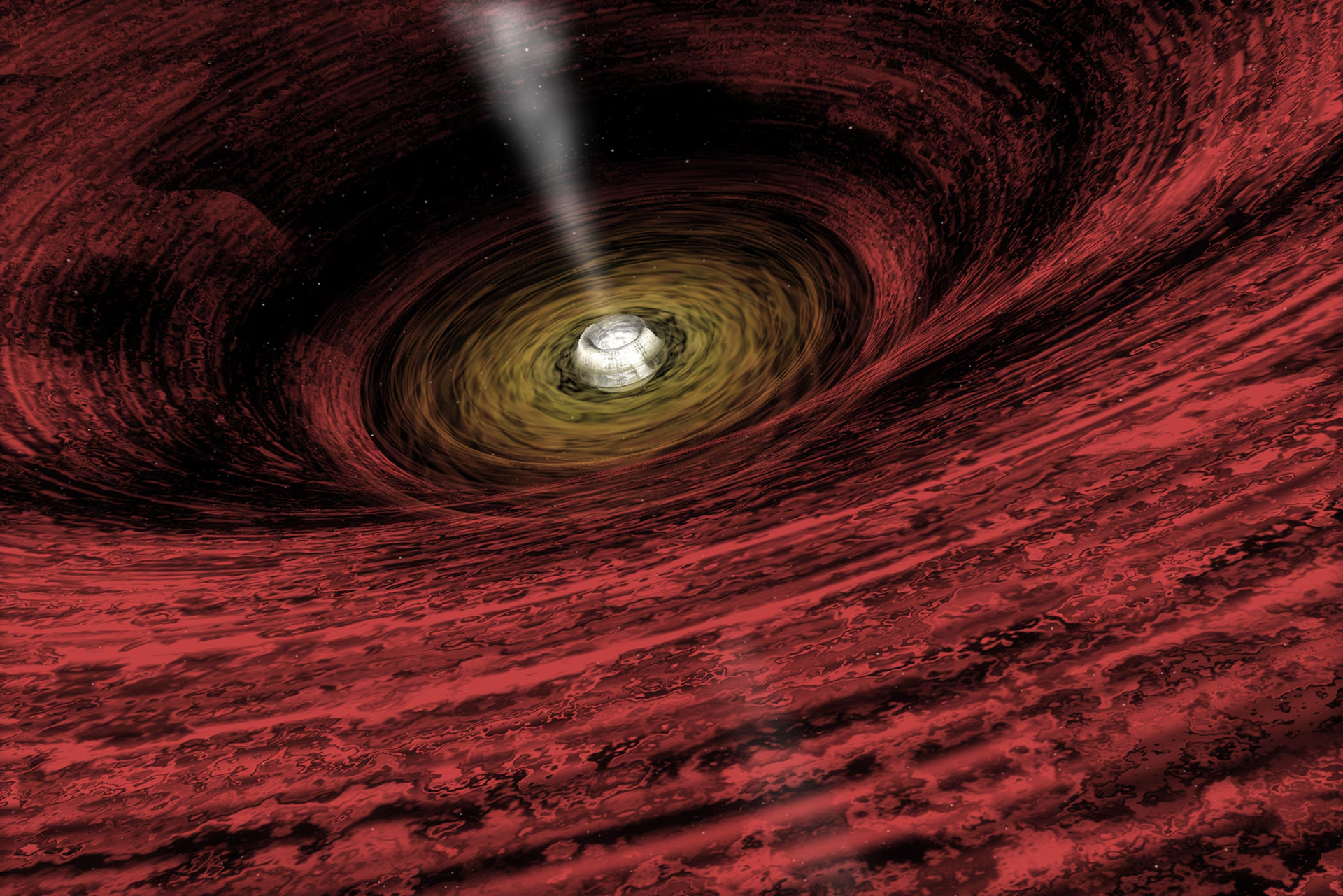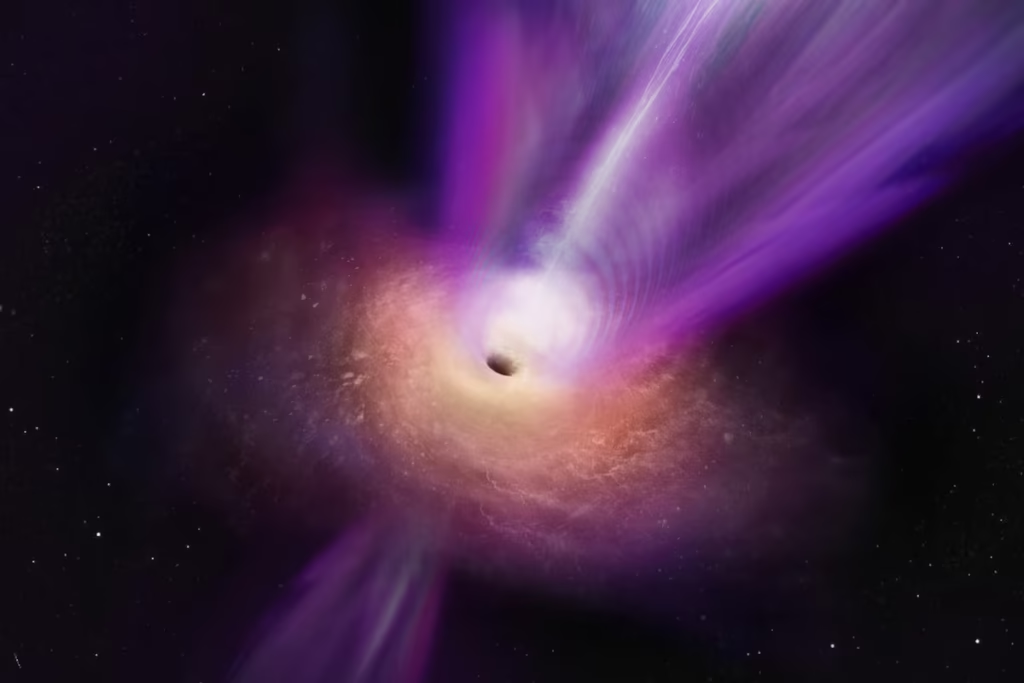
Black holes are among the most mysterious and fascinating phenomena in the universe. These cosmic giants challenge our understanding of space, time, and physics itself. Despite being invisible, black holes exert such immense gravitational force that not even light can escape making them both terrifying and captivating to scientists and astronomers alike.
1. What Is a Black Holes?
A black hole is a region in space where gravity is so strong that nothing, not even light, can escape its pull. This occurs when a massive star collapses under its own gravity at the end of its life cycle. The collapsing core compresses into an extremely dense point known as a singularity, surrounded by a boundary called the event horizon, beyond which nothing can return.
Black holes come in several types:
- Stellar black holes – formed from the collapse of massive stars.
- Supermassive black holes – found at the centers of galaxies, including our Milky Way.
- Intermediate and primordial black holes – smaller or theorized versions still under scientific investigation.

2. How Are Black Holes Formed?
When a star much larger than the Sun exhausts its nuclear fuel, it can no longer counteract the force of its own gravity. The outer layers explode in a supernova, while the remaining core collapses inward, forming a black hole.
ALSO SEE :
The Global Journey of Nasi Padang
In the case of supermassive black holes, scientists believe they formed billions of years ago from the merging of smaller black holes or the collapse of giant gas clouds early in the universe’s history.
3. Can We See a Black Holes?
Black holes themselves are invisible because light cannot escape them. However, scientists can detect their presence by observing their effects on nearby matter. When a black hole pulls in gas and dust, the material forms a hot, glowing accretion disk that emits X-rays detectable by telescopes.
In 2019, the Event Horizon Telescope (EHT) collaboration captured the first-ever image of a black hole located in the galaxy M87 showing a glowing ring of light surrounding a dark core. This was a historic moment that visually confirmed Einstein’s theory of general relativity.
4. The Strange Effects of Black Holes
Black holes don’t just trap matter; they also warp space and time. Near the event horizon, time slows down drastically a phenomenon known as gravitational time dilation. If you were to fall into a black hole (hypothetically), time for you would appear normal, but to an outside observer, you would seem to freeze at the edge forever.
Another bizarre possibility is that black holes could act as gateways to other universes or dimensions, a concept still purely theoretical but widely explored in astrophysics and science fiction alike.
5. Black Holes in the Milky Way
Our own galaxy, the Milky Way, harbors a supermassive black hole at its center known as Sagittarius A*. It has a mass equivalent to about four million Suns and influences the orbits of stars nearby. In 2022, astronomers released the first image of Sagittarius A*, further proving that these cosmic giants truly exist at the heart of galaxies.
ALSO SEE:
The Five Colored River of Colombia, A Breathtaking Natural Wonder
6. The Ongoing Mystery
Despite decades of study, black holes remain one of the greatest mysteries of modern science. Questions like What happens inside a black hole? or Can information truly disappear? continue to puzzle physicists. Stephen Hawking’s groundbreaking research on Hawking radiation even suggests that black holes might slowly evaporate over time challenging the notion that they are eternal.
Conclusion
Black holes represent the extreme limits of the universe places where gravity, time, and space reach their breaking points. They remind us how little we still know about the cosmos and how much there is yet to discover.
From swallowing stars to shaping galaxies, black holes are not just destructive forces they are also vital clues to understanding the origins, evolution, and ultimate fate of the universe itself.



